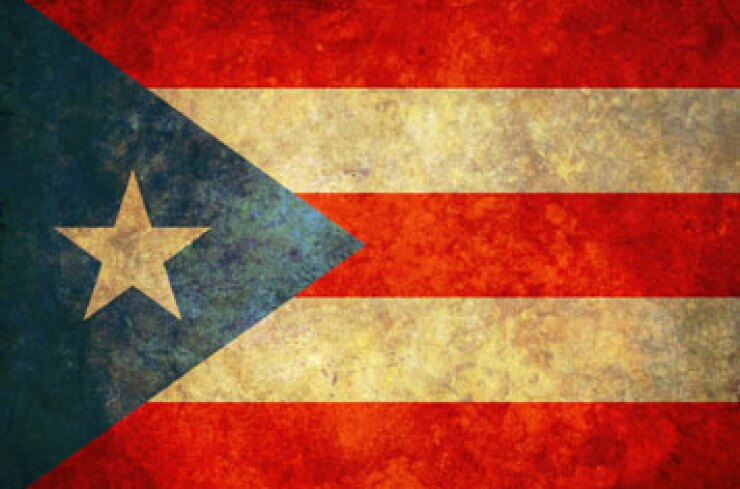Puerto Rico municipalities' finances mostly held steady or improved in fiscal year 2018, even as conditions deteriorated in San Juan.
ABRE Puerto Rico announced these results Sunday as part of its annual municipal study.
The group gives Puerto Rican municipalities the grades A, B, C, D, or F. Compared with the previous fiscal year 42 municipalities retained their old grades, 12 were given a lower grade, 18 were given a higher grade, and six didn’t participate in the study.

“Given the unstable situation in Puerto Rico, in this edition we expected a greater deterioration of municipal finances,” particularly given that Hurricane Maria took place about three months into the fiscal year, said ABRE Puerto Rico co-founder Arnaldo Cruz.
“However, the numbers reflect that municipalities, in the aggregate, substantially improved their fiscal indicators. This means that, for the most part, municipalities exercised fiscal discipline in 2018.”
Cruz said most of the municipalities hadn’t been able to calculate the hurricane’s damage to their physical assets by the end of fiscal year 2018, which ran from July 1, 2017, to June 30, 2018.
The fiscal health of Puerto Rico’s municipal governments is relevant to bondholders for at least two reasons. First, according to the Oversight Board’s March 2017 fiscal plan, the municipalities had $556 million in bond debt outstanding as of February 2017.
Second, as of fiscal year 2019 Puerto Rico’s central government provided $220 million each year in subsidies to the municipalities. The board plans to reduce those subsidies continuously until zeroing them out in fiscal year 2024.
ABRE Puerto Rico gave the island’s largest city, San Juan, an F for its finances and said its financial ratios had declined. San Juan also received an F in the group's study of fiscal year 2017. As of the end of fiscal year 2018 San Juan had current liabilities of $247 million, long-term debt of $889 million, and unfunded pension liabilities of $1.3 billion.
Its annual general revenues were $428 million and annual debt service expenditures of $91 million. John Hallacy, contributing editor to The Bond Buyer said ratio of debt service to general revenues was “very high” and “extraordinary”.
The city ended the year with a negative General Fund balance of $90 million and a negative total position of $1.313 billion. A San Juan spokesperson didn’t respond to a request for a comment.
Over the course of fiscal 2018, the municipalities in the study reduced their operating expenses by 15% while losing 7% of their income. In this way they increased their general fund balance 6%.
Municipalities also reduced their long-term debt by 6%, mainly because they were restricted from issuing new loans, ABRE Puerto Rico said.
As of June 30, 2018, the 72 municipalities in the study had $4.3 billion of long-term debt plus $4 billion of net position liability for pensions.
The debt numbers changed in fiscal year 2019 with the restructuring of the Government Development Bank’s debt. Municipalities had deposits at the bank and owed the bank money. The restructuring affected both categories of money. Since this study only looked at fiscal year 2018 these changes are not included in it.





